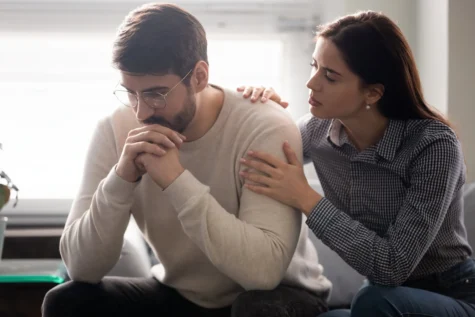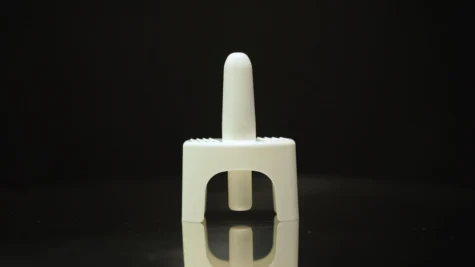Whether we realize it or not, harm reduction efforts are all around us. Some examples of harm reduction include seat belt laws, outdoor safety campaigns promoting skin protection through sunscreen use or encouraging life jackets for water safety, or mental health and suicide prevention education. Harm reduction as a concept has been around for nearly 100 years; some of the earliest, practical examples were needle exchange programs and safer sex campaigns in the 1920s.
When we hear “harm reduction” today, it is often focused on connecting with people who use drugs and offering them education and tools that can be life-saving. The U.S. Department of Human Services describes the essence of harm reduction as “Helping people where they are, without judgment, stigma, or discrimination.” It is a compassionate approach that should prioritize safety and dignity. It does not require sobriety or the stopping of harmful behaviors.
This blog will focus on harm reduction as defined by SAMHSA (Substance Abuse and Mental Health Services Administration): “engaging directly with people who use drugs to prevent overdose and infectious disease transmission; improve physical, mental, and social wellbeing; and offer low barrier options for accessing health care services, including substance use and mental health disorder treatment.”
Why Are Harm Reduction Services Needed?
Unfortunately, harm reduction is more necessary than ever before. A few statistics that support this:
- There were more than 100,000 drug-involved overdose deaths in 2023 according to the Centers for Disease Control (CDC).
- From 2019 to 2021 overdose deaths increased by nearly 50%.
- A November, 2024 study from the Johns Hopkins School of Public Health estimates that 32% of adult Americans (more than 80 million people) have lost a loved one due to fatal drug overdose.
These statistics are significant and require intervention.
Examples of Harm Reduction Initiatives or Harm Reduction Supplies
Several initiatives are underway to facilitate harm reduction, both in the form of services and in the form of supplies.
Examples of Harm Reduction Programs and Services
- Syringe access services programs, such as Challenges, Inc Harm Reduction Services, and Fyrebird Recovery
- Overdose reversal education and training services
- Education for HIV and viral hepatitis prevention, testing, and referrals to treatment services
- Prevention, testing, treatment, and care services, including PrEP (pre-exposure prophylaxis) and PEP (post-exposure prophylaxis). Prophylaxis is a medical term for “preventive care.”
Examples of Harm Reduction Supply Kits
- Overdose reversal supplies, including naloxone (often referred to as Narcan, one of the first brand names to the market) and nalmefene
- Safer sex kits
- Disposal kits for sharps (needles, syringes)
- Wound care supplies
- Medication lock boxes
- Written educational materials for safe injection practices, prevention of HIV and viral hepatitis, and testing, treatment, and care services
Where Does Funding for Harm Reduction Come From?
There are a variety of funding sources that support harm reduction. The most common are federal agencies, such as SAMHSA, state health departments, non-profit organizations, community-based organizations that work in local communities to seek grant dollars and donations, and hospitals and clinics that include harm reduction services as part of their strategy to provide better public health overall.
Does Harm Reduction Help?
Yes. Harm reduction services, education, training, and supply kits are helping. A clear indicator of this is the CDC’s data for the 12-month period ending in July 2024, which indicates 94,112 predicted overdose deaths (not all deaths are reported or reported as a result of overdose). This is significantly less than the August 2023 12-month ending period estimates of 113,401.
The combination of harm reduction strategies and supply kits is helping to reduce transmission of infections and disease, is reducing overdose fatalities, and has led to increased engagement with healthcare services. Harm reduction can also serve as a bridge to future treatment options and even recovery.
Southern Sky Recovery Can Help
At Southern Sky Recovery, we understand that everyone’s path to sobriety is unique. We dream of a world in which substance misuse is no longer an issue. In the meantime, we are committed to providing judgment-free treatment options and services, including an Intensive Outpatient Program (IOP), Partial Hospitalization Program (PHP), holistic interventions and therapies, and even Medication Assisted Treatment (MAT) as part of a whole-person approach to recovery. Contact us today to learn how Southern Sky Recovery can help you or your loved one toward a brighter, healthier tomorrow.



